‘Girl in Kimono’ by Painter George Hendrik Breitner
After discovering Japanese engravings, the Dutch artist drew inspiration from them for a series of paintings marked by Japonisme.
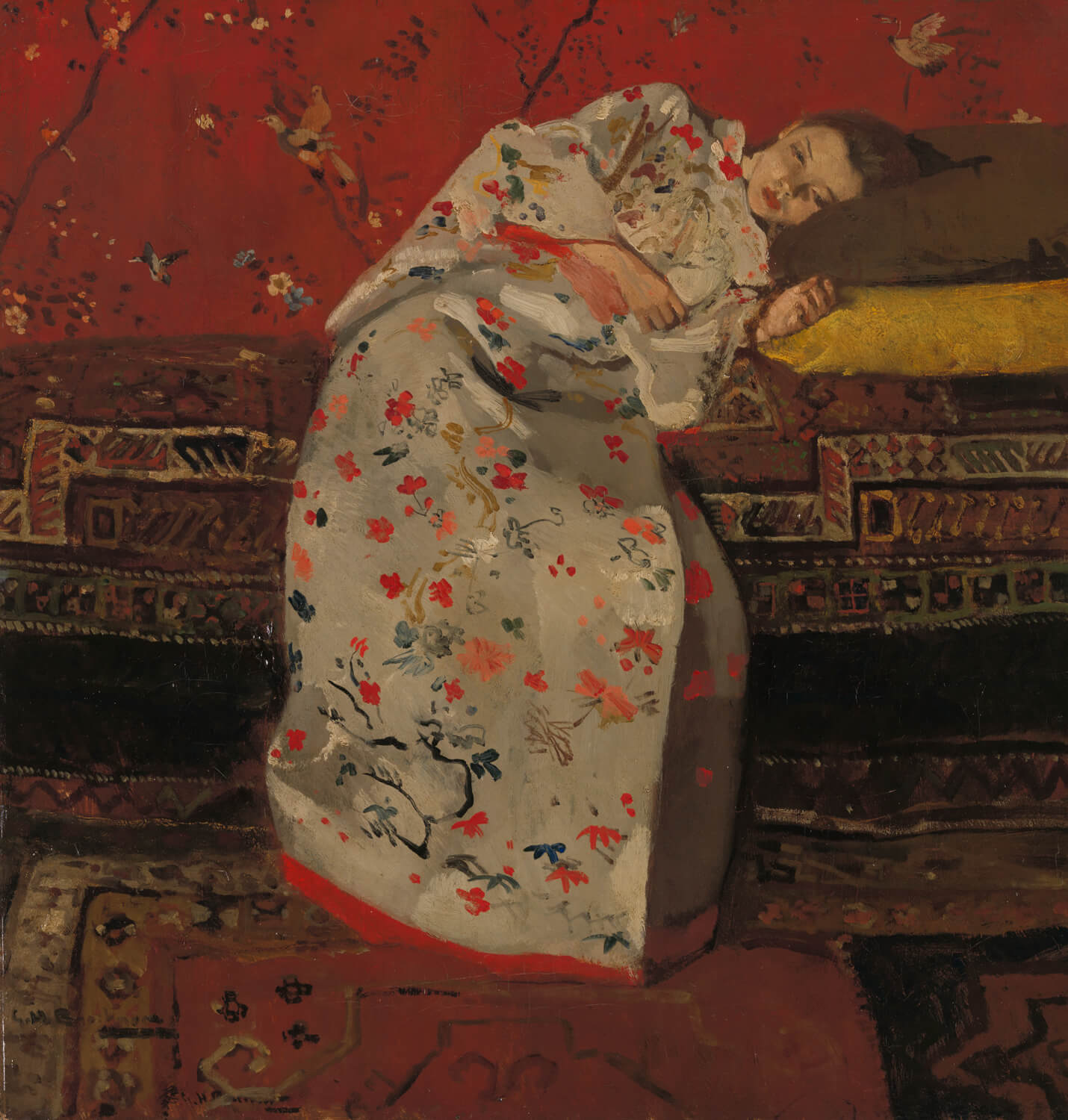
© George Hendrik Breitner
Fascinated by Japan and a collector of Japanese prints, Dutch painter and photographer George Hendrik Breitner produced a series of 14 paintings between 1893 and 1896 that depict scenes of great serenity, entitled Girl in Kimono.
Born in Rotterdam in 1857, George Hendrik Breitner trained in painting at the Royal Academy of Art in The Hague. He considered himself as ‘the people’s painter’ and primarily represented working class subjects. An heir to the impressionist movement, his style also translates a form of naturalism acquired from the influence of his master Willem Maris.
Paintings drawn from photographs
After having discovered Japanese prints at an exhibition in The Hague, George Hendrik Breitner began working on a series of paintings marked by the influence of Japonisme. First, he photographed the model Geesje Kwak, a 16-year-old dressmaker, posing in a red kimono, then a white one, then a blue one.
These photographs gave rise to colourful paintings depicting a woman lying on a bed, dressed only in a kimono. The pieces went on to inspire Vincent van Gogh, himself a fervent admirer of Japan.
Girl in Kimono (1893-1896), paintings by George Hendrik Breitner conserved at the Rijks Museum in Amsterdam.
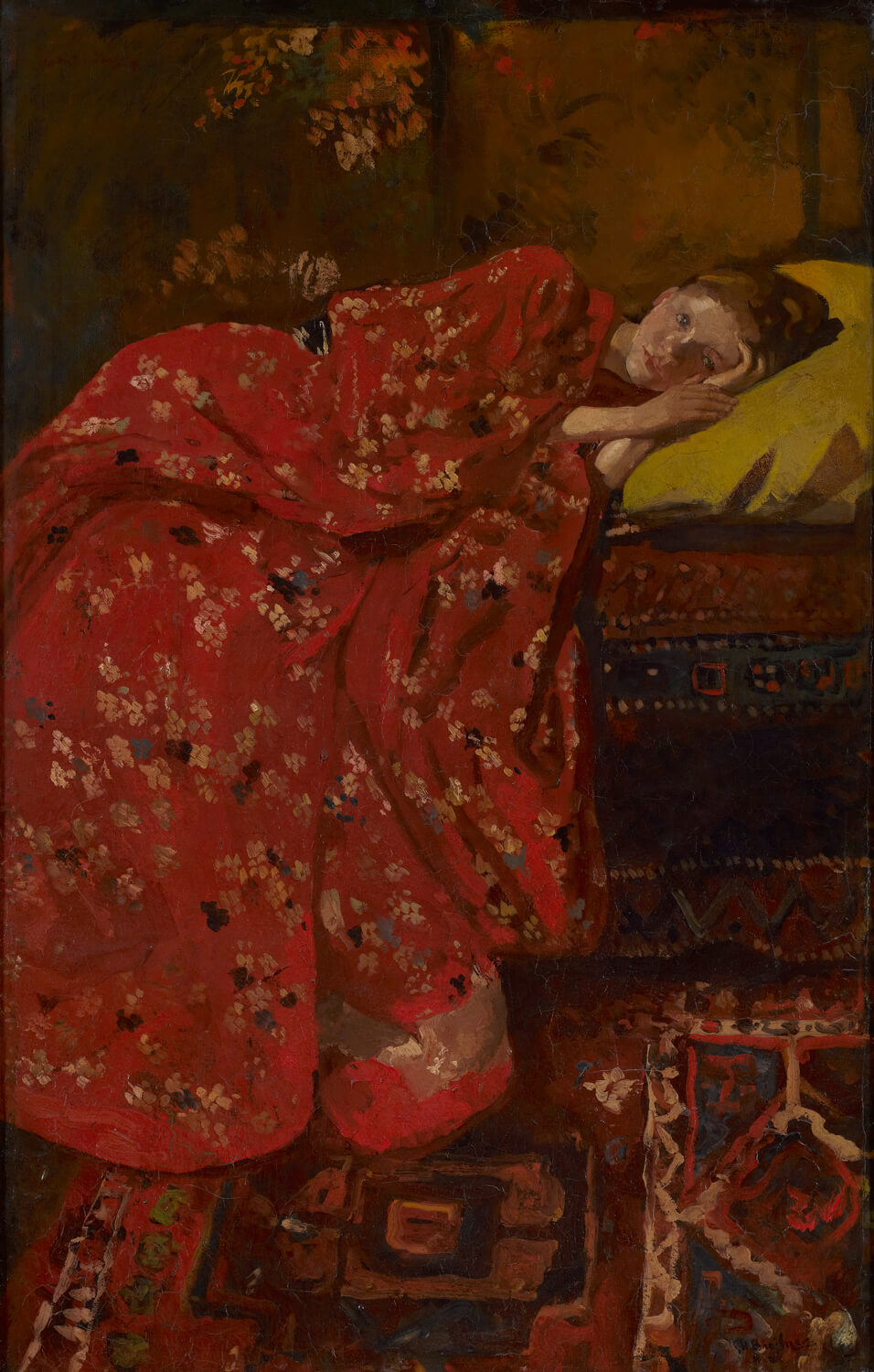
© George Hendrik Breitner
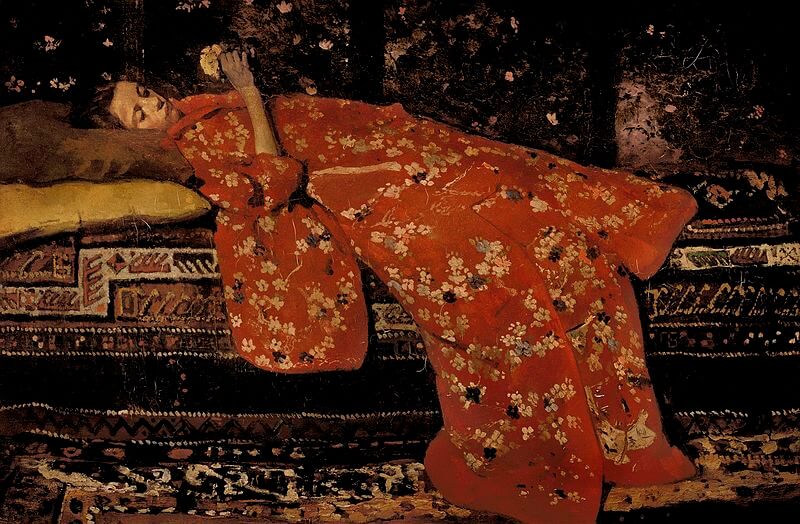
© George Hendrik Breitner
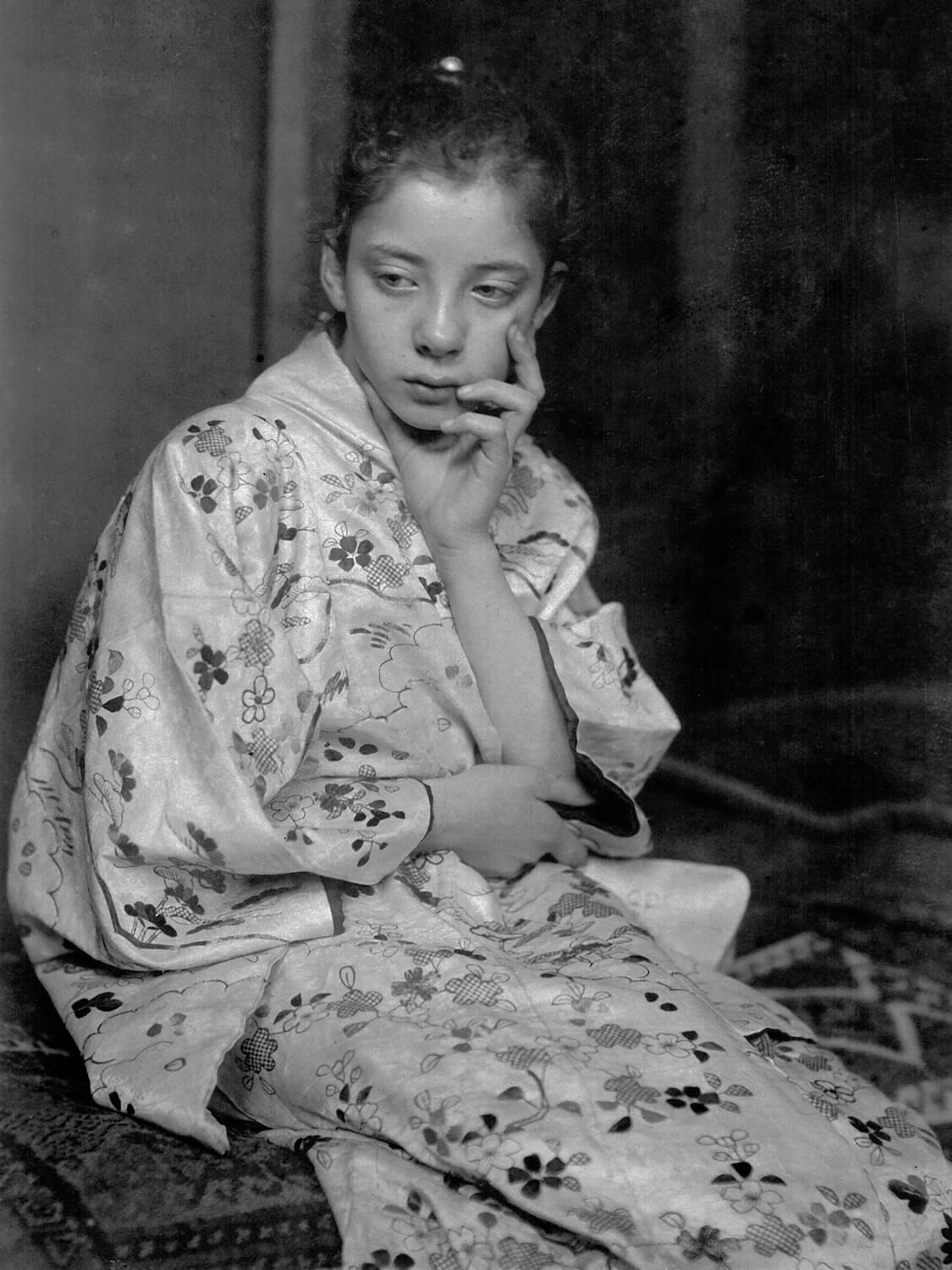
© George Hendrik Breitner, public domain
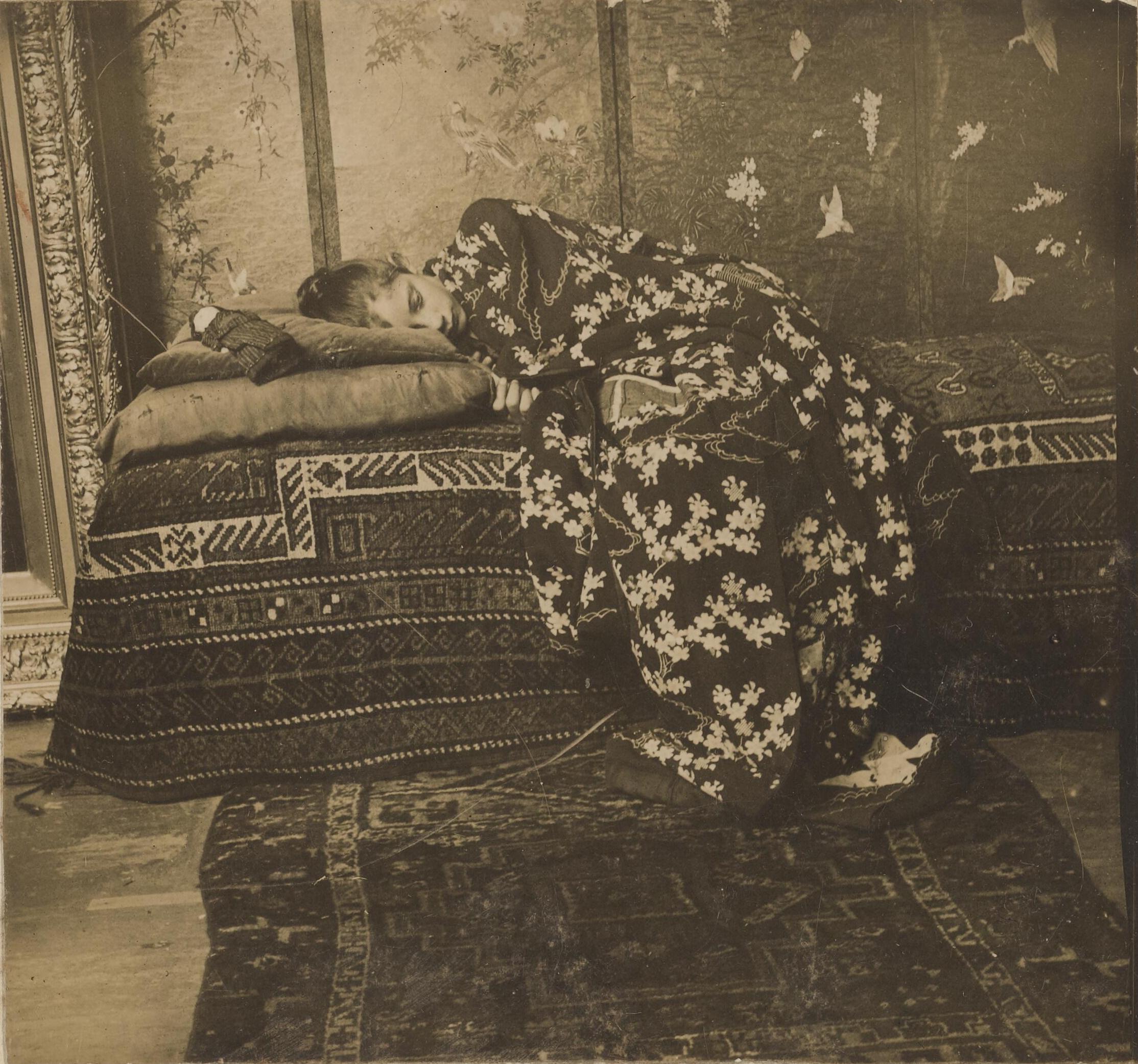
© George Hendrik Breitner, public domain
TRENDING
-
The Tattoos that Marked the Criminals of the Edo Period
Traditional tattoos were strong signifiers; murderers had head tattoos, while theft might result in an arm tattoo.

-
Paris, Tokyo: Robert Compagnon
With his co-chef and talented wife, Jessica Yang, Robert Compagnon opened one of the top new restaurants in Paris: Le Rigmarole.
 3:31
3:31 -
Chiharu Shiota, Red Threads of the Soul
Last year, more than 660,000 people visited the retrospective 'Chiharu Shiota: The Soul Trembles' exhibit at the Mori Art Museum.

-
‘Before Doubting Others, Doubt Yourself. Who Can Truly Say a Dish Isn’t What It Used to Be?’
In ‘A Non-Conformist’s Guide to Surviving Society’, author Satoshi Ogawa shares his strategies for navigating everyday life.

-
The Story of Sada Yacco, the Geisha who Bewitched Europe
Described by Dazed magazine as the first beauty influencer, she has been restored to her former glory since 2019.





